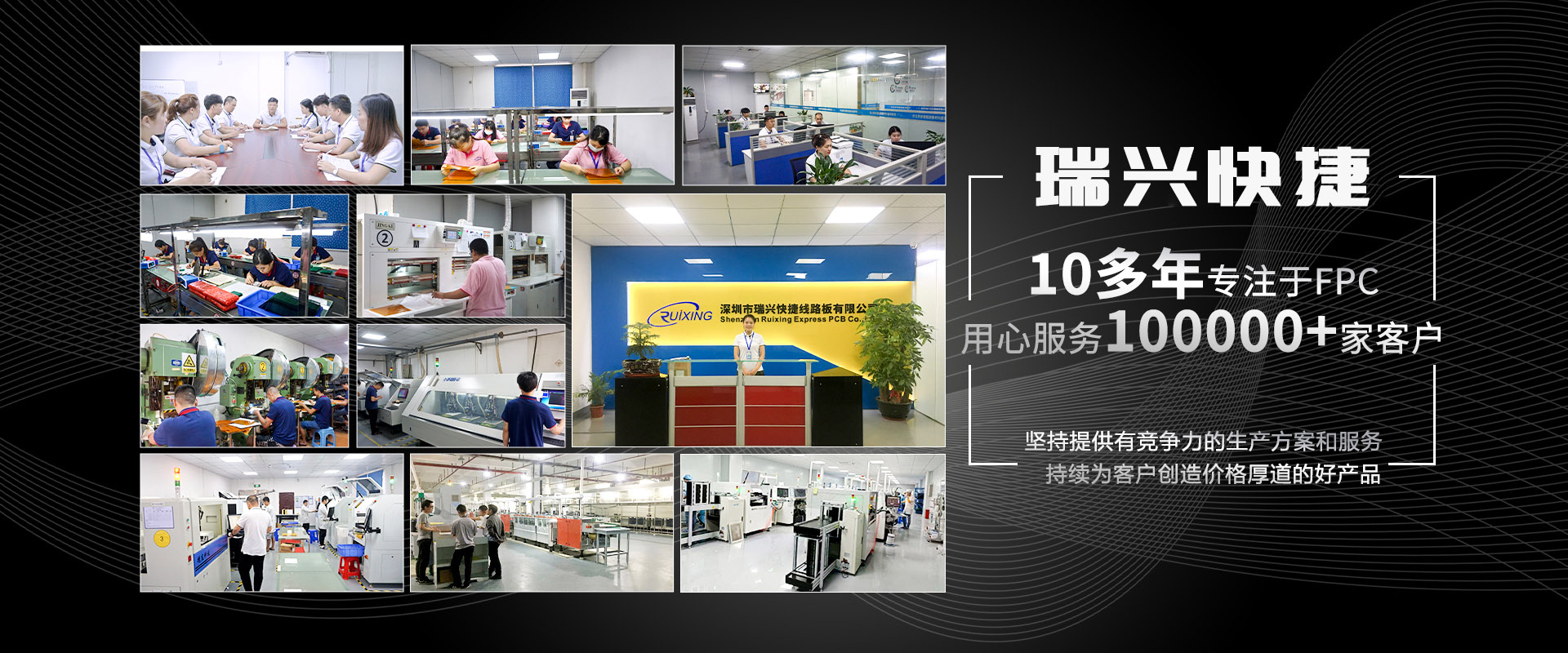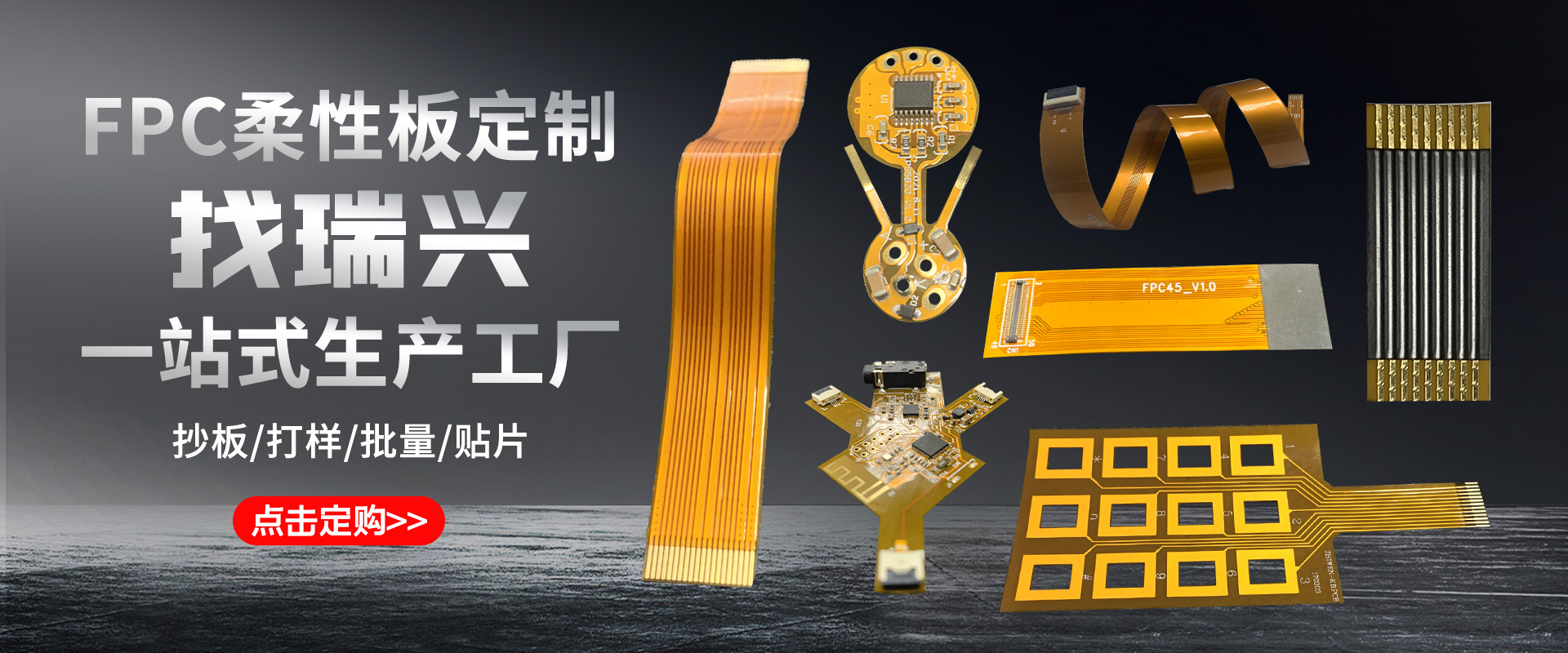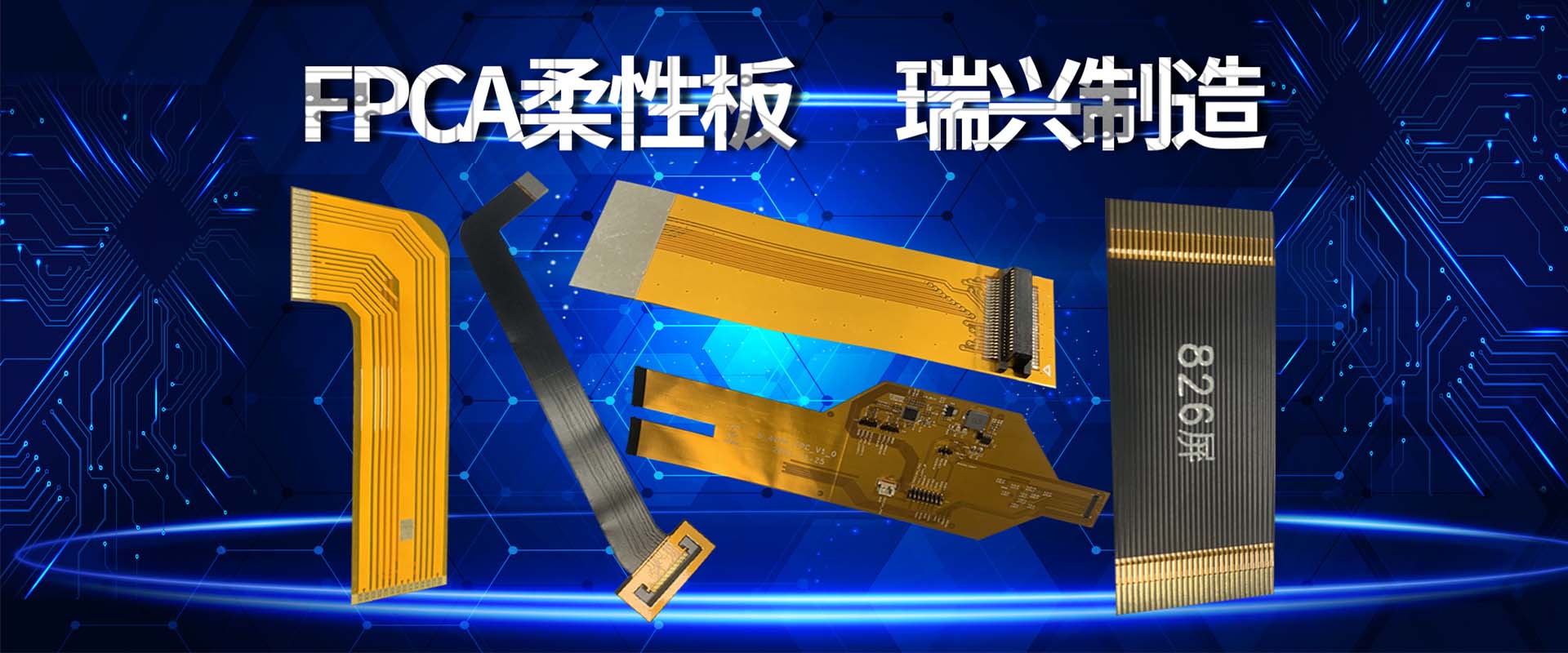
Discussion on Welding Method of FPC Soft Cable
With the development of electronics towards miniaturization and miniaturization, the difficulty of manually welding FPC flexible cables has also increased. Any carelessness during welding can damage components or cause poor soldering. Therefore, a good welding method for FPC flexible cables is particularly important.
1. When the solder is tin lead alloy and the welding surface is copper, the solder first wets the welding surface. With the occurrence of wetting, the solder gradually diffuses to the metal copper, forming an adhesive layer on the contact surface between the solder and the metal copper, so that the two can be firmly combined. Therefore, soldering is completed through three physical and Chemical process, namely wetting, diffusion and metallurgical bonding.
2. To achieve a good solder joint, the object to be soldered must have a completely oxide free surface. However, once the metal is exposed to air, an oxide layer will be formed, which cannot be cleaned with traditional solvents. In this case, it must rely on the chemical interaction between the flux and the oxide layer. After the flux removes the oxide layer, a clean surface of the object to be soldered can be combined with the solder.
The specific operation steps of soldering iron welding can be divided into five steps, called the five step engineering method. To achieve good welding quality, it is necessary to strictly follow the steps. Welding step by step is one of the keys to obtaining good solder joints.
Before welding FPC flexible cables, observe whether each welding point (copper sheet) is smooth, clean, oxidized, etc. When welding items, it is necessary to accurately identify the welding points to avoid short circuits caused by poor welding of FPC flexible cable lines. After using the soldering iron, the remaining tin from the soldering iron head should be wiped clean on a sponge.







